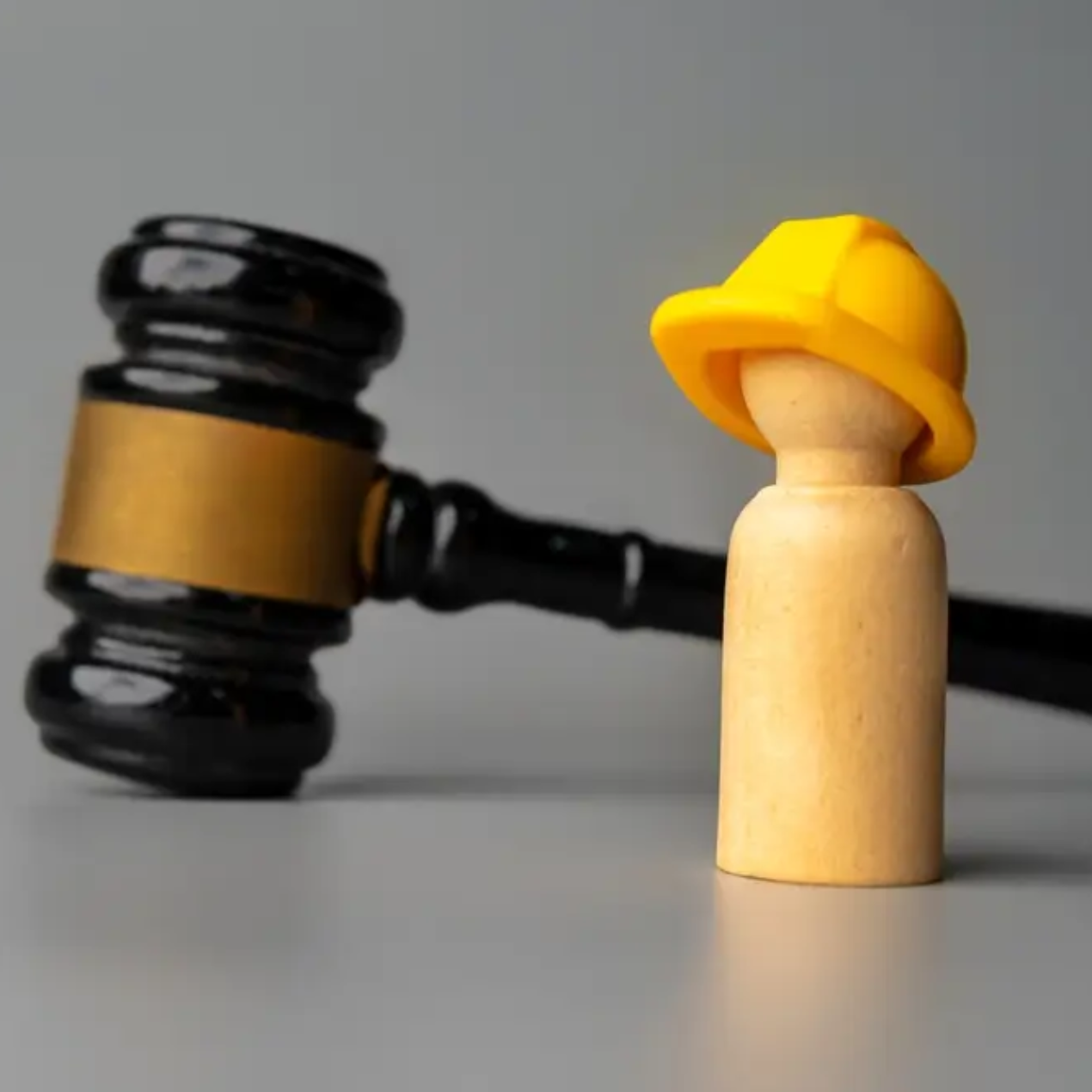Cleanrooms are critical spaces in pharmaceutical and biotech manufacturing. These controlled environments are used to produce sterile products and must meet strict standards. Both the U.S. Food and Drug Administration (FDA) and the European Union (EU) have clear rules about how cleanrooms should be designed, monitored, and operated.
This article explains what FDA’s 21 CFR Part 211 and the EU’s GMP Annex 1 require for cleanroom compliance. Whether you’re working in the U.S., Europe, or a global facility, knowing these requirements helps you protect product safety and meet inspection standards.
What Is a Cleanroom?
A cleanroom is a space where the concentration of airborne particles is controlled to specific limits. Cleanrooms help reduce the risk of contamination during drug manufacturing, especially for sterile products like injections or eye drops. These rooms must be designed with smooth surfaces, proper airflow, and strict gowning rules to keep the environment clean.
Why Compliance Matters
Failing to follow cleanroom rules can lead to product contamination, recalls, or patient harm. Regulatory bodies regularly inspect cleanrooms to check whether the environment supports safe drug production. Violations may lead to warning letters, fines, or shutdowns.
Cleanroom Classes and Grades
The FDA and EU both classify cleanrooms, but they use different systems.
- FDA (21 CFR Part 211): Refers to ISO classifications under ISO 14644-1. Cleanrooms are rated by particle count (e.g., ISO Class 5, 7, or 8).
- EU GMP Annex 1: Uses Grades A, B, C, and D for sterile manufacturing. Grade A is the cleanest (used for critical operations like aseptic filling), while Grade D is used for less critical areas.
While the systems differ, they aim to maintain similar levels of cleanliness.
Airflow and Pressure Control
Airflow direction and air changes are key parts of cleanroom design. The air must flow from cleaner to dirtier areas to avoid contamination. High-Efficiency Particulate Air (HEPA) filters are used to trap small particles.
The FDA expects:
- Regular monitoring of the differential pressure between rooms.
- Validation of air change rates and airflow direction.
The EU also requires:
- Unidirectional airflow in Grade A areas.
- Frequent testing of airflow patterns during qualification and routine checks.
Personnel Gowning and Behavior
People are one of the main contamination sources in cleanrooms. Both FDA and EU regulations require strict gowning procedures and behavior rules.
Cleanroom workers must:
- Wear sterile gowns, gloves, face masks, and shoe covers.
- Avoid quick movements, talking, or touching unnecessary surfaces.
- Follow a set sequence when entering or exiting the cleanroom.
EU Annex 1 also highlights the need for training, with refresher sessions and practical assessments for cleanroom staff.
Cleaning and Disinfection
Surfaces must be cleaned regularly to prevent microbial growth. The FDA and EU both require written procedures for cleaning and disinfection.
FDA regulations state:
- Cleaning agents and disinfectants must be validated.
- Cleaning should follow a defined schedule.
- Logs must be maintained for all cleaning activities.
EU Annex 1 adds:
- Rotating disinfectants to prevent resistance.
- Sterile disinfectants in Grade A and B areas.
- Immediate cleaning of spills to prevent contamination spread.
Environmental Monitoring
Cleanrooms must be monitored for particles and microbes to prove they remain under control. This includes routine checks during and after manufacturing.
Monitoring includes:
- Airborne particle counts (FDA and EU).
- Settle plates and contact plates for microbial monitoring (especially under EU rules).
- Surface swabs to check workbenches, gloves, and walls.
The EU requires trend analysis to detect slow changes over time. The FDA expects alerts and action levels to be defined and followed.
Equipment and Material Flow
Both FDA and EU guidelines require clean equipment design and a clear flow of materials to avoid cross-contamination.
Expectations include:
- Dedicated cleanroom equipment.
- Cleanable surfaces with no cracks or crevices.
- Pass-through hatches or airlocks for transferring materials.
EU Annex 1 emphasizes that movements should be planned and recorded. Cross-contamination from raw materials or people moving between rooms must be avoided at all times.
Documentation and SOPs
Every step taken in a cleanroom must be documented. The FDA requires written Standard Operating Procedures (SOPs) for cleaning, gowning, monitoring, and equipment handling.
FDA 21 CFR Part 211 requires:
- Documented cleaning records.
- Training logs.
- Batch production records with time-stamped entries.
EU Annex 1 reinforces this by requiring:
- SOPs that are reviewed and approved by quality staff.
- Real-time recording of critical parameters.
- Deviations and corrective actions are documented in full.
Qualification and Validation
Before using a cleanroom, companies must qualify the facility and validate all equipment. This shows the room performs as expected under real conditions.
Qualification steps include:
- Installation Qualification (IQ): Equipment is installed correctly.
- Operational Qualification (OQ): Equipment performs within set limits.
- Performance Qualification (PQ): The cleanroom functions during actual production.
EU Annex 1 emphasizes media fills and simulation studies for sterile processing. FDA expects requalification at regular intervals or after major changes.
Global Compliance Challenges
Many manufacturers serve both U.S. and EU markets, so they must meet both sets of requirements. While the principles are similar, some details differ.
For example:
- The EU focuses heavily on documentation and trending analysis.
- The FDA prioritizes equipment cleaning and recordkeeping.
- The EU mandates more routine requalification steps than the FDA.
Staying compliant means understanding both rulebooks and creating a quality system that addresses overlapping and unique elements.
Conclusion
Cleanroom compliance is not just about walls, filters, and gloves. It’s about consistent discipline, smart planning, and a commitment to product safety. Both FDA and EU regulations aim to protect patients by keeping cleanroom environments tightly controlled.
By following proper gowning, airflow, cleaning, and documentation practices, pharmaceutical teams can stay ready for inspections and prevent contamination risks. Whether you’re operating in the U.S., Europe, or both, understanding cleanroom rules is the first step toward safe and successful manufacturing.





